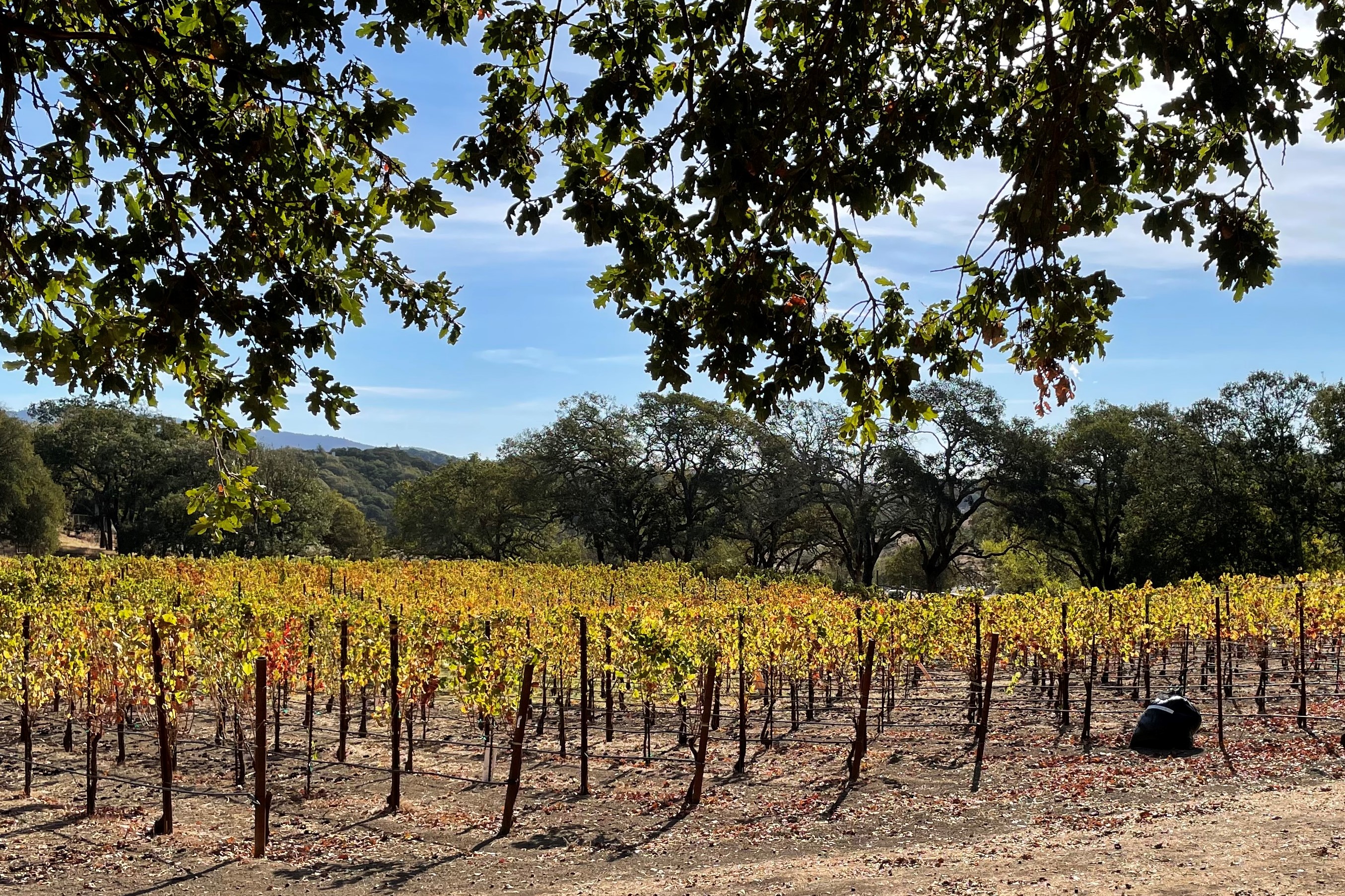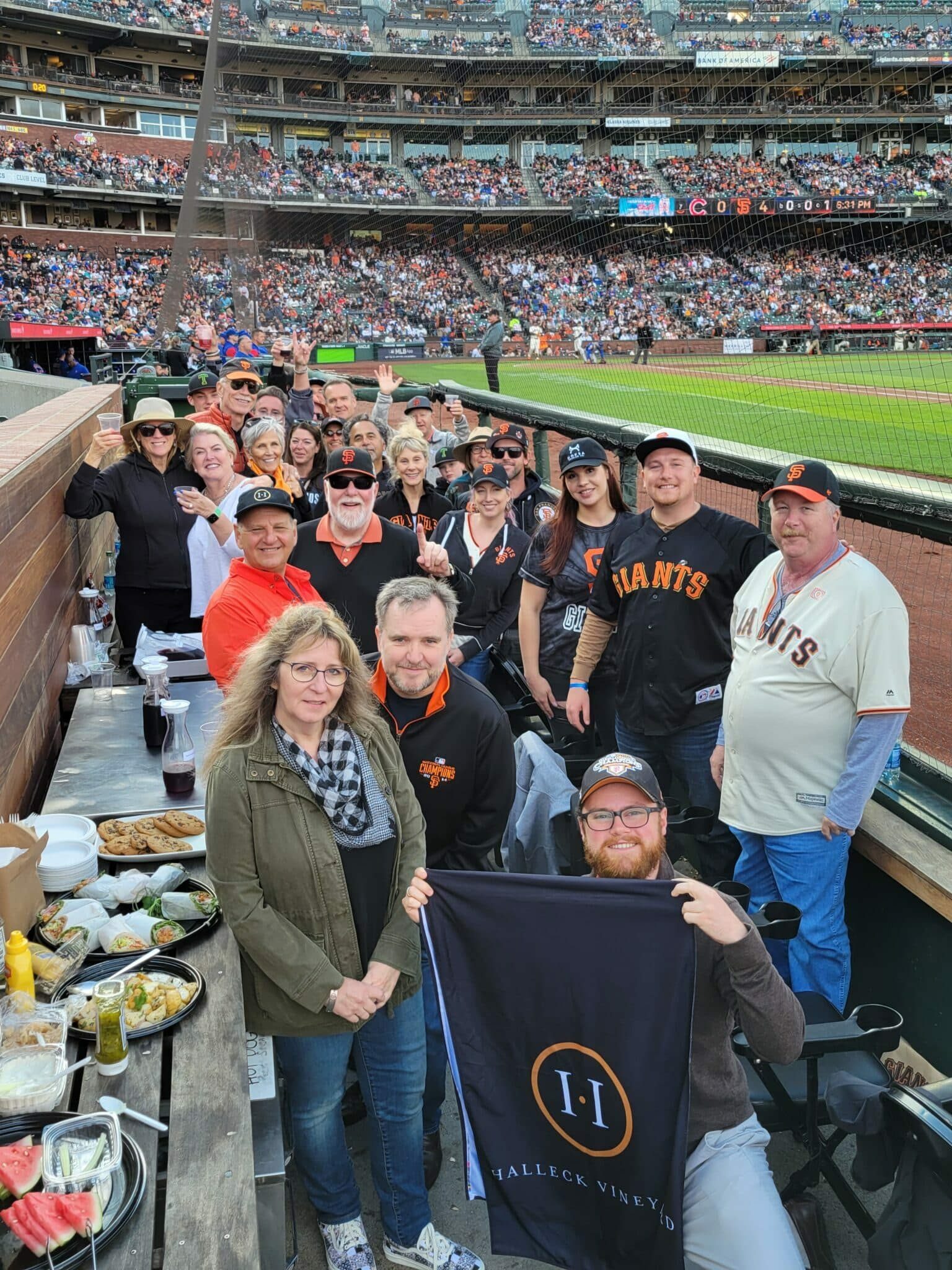Wineries With Scenic Views - Best Vineyard In Sonoma
Wineries With Scenic Views - Best Vineyard In Sonoma
Blog Article
Wineries Known For Handcrafted Wines - Discovering Sebastopol's Wineries
Wine tasting is an art that requires practice and an understanding of various features involved within the course of. One essential component of wine tasting is the development and interpretation of tasting notes, which serve as a guide for each novices and seasoned connoisseurs. A Guide To Understanding Winery Wine Tasting Notes can enhance your wine-tasting experience, making it extra significant and enjoyable.

Tasting notes are concise descriptions that capture the essence of a wine’s flavors, aromas, and total character. Often composed by professional tasters, winery tasting notes provide insights into the nuances of various wines. They might help wine enthusiasts perceive what to expect from a specific bottle. Nonetheless, tasting notes can vary extensively in style and element based on the writer's experience and palate.
Wineries That Welcome Walk Ins - Vineyard Tours In Sebastopol
When you first method a glass of wine, your senses will start to engage instantly. The sight, smell, and style of the wine will converge to offer you a complete experience. Tasting notes typically begin with the visible assessment, the place the color of the wine is taken into consideration. Colour performs a big role in indicating the wine’s age, grape variety, and even its flavor profile.
After assessing the visible facet, the next step includes swirling the wine in the glass. This action aerates the wine, permitting its aromas to awaken. Smelling the wine offers important insight into its complexity. The preliminary sniff can deliver a flood of scents that may include fruity, floral, herbal, or earthy notes. This is usually probably the most subjective part of tasting, as individual experiences can dramatically differ.
In winery tasting notes, descriptors are often categorized into major, secondary, and tertiary aromas. Main aromas usually stem from the grape variety, secondary aromas derive from fermentation processes, and tertiary aromas come up from aging. Understanding these classes can help you respect the depth of a wine, and so they also give you the vocabulary to specific your experience better.
Wineries With Unique Gamay Wines - Exploring Sonoma's Wine Landscape
Following the olfactory encounter, your focus will shift to the taste of the wine. This is the place the primary characteristics—sweetness, acidity, tannins, alcohol—come into play. Tasting notes often element these flavors in multiple dimensions, including the preliminary attack on your palate to the lingering end on your tongue. A high-quality wine will present a harmonious balance between these components.
While tasting, it's essential to contemplate the physique of the wine, which can be described as light, medium, or full. The physique contributes significantly to your total impression, helping you consider how the wine pairs with food or whether or not it stands alone as a sipping wine. Balancing the body with the opposite characteristics will give you a fuller understanding of what the wine has to offer.
The end of the wine, additionally referred to as the aftertaste, is one other critical facet often included in tasting notes. A lengthy, pleasant end usually signifies a higher high quality wine, while a brief or cloying aftertaste may counsel otherwise. Evaluating the end can offer additional insight into the wine's complexity and distinction.
Understanding the context of winery tasting notes can additionally be useful. Tasting notes can present contextual details about the vineyard's location, local weather, and grape-growing practices. This context adds one other layer of appreciation for the wine, permitting enthusiasts to connect the sensory experience with its origins, thus enhancing the enjoyment additional.
Charming Wineries With Views In Sonoma Valley - Sonoma Wine Tasting Spots
Many wineries provide tasting notes on their websites or labels, usually written in an approachable but informative style. However, not all winery tasting notes are created equal. Some could also be overly technical, whereas others may prioritize marketing aptitude over insightful evaluation. Learning to navigate these notes can arm you with the knowledge to make knowledgeable decisions when selecting wines.
Participating in tastings at wineries can even deepen your understanding of wine tasting notes. Interacting with knowledgeable staff can provide you a more hands-on strategy to exploring different wines and the language used to explain them. Vineyard Picnic Spots In Sonoma Valley. You'll have the chance to ask questions, interact in discussions, and potentially refine your palate in actual time.
Experimentation is crucial for mastering wine tasting notes. As you sample different wines, strive making your personal notes. Focus on describing the wine’s color, aroma, style, and end. Over time, you’ll develop a personal vocabulary that resonates along with your sensory experiences. Every note you create will help refine your palate, permitting you to More Info appreciate wines at a deeper level.
Wineries That Welcome Walk Ins - Enjoying A Vineyard In Sonoma
In conclusion, a Guide To Understanding Winery Wine Tasting Notes provides a complete framework for diving into the world of wines. It equips you with the methods and language essential to articulate your experiences. Whether you are a casual drinker or a dedicated aficionado, understanding and utilizing tasting notes can profoundly impact your wine journey. This knowledge not solely enhances your enjoyment but additionally connects you deeply with the rich narratives each bottle tells. By embracing this journey, you turn into a part of the gorgeous mosaic of wine tradition, where each sip unveils a new story waiting to be discovered.
- Wine tasting notes typically encompass a wide range of sensory descriptions, including aroma, flavor, acidity, physique, and finish, permitting tasters to completely appreciate the wine's characteristics.
- To improve your understanding, familiarize your self with common wine terminology similar to "tannins," "oakiness," or "terroir," which might help decipher the notes more effectively.
- A systematic method to tasting entails first visually assessing the wine's colour and clarity, followed by swirling to release aromas, then inhaling and describing what you experience.
- Taking notes throughout tasting might help determine patterns over time, improving your palate and making it easier to recall preferences for future alternatives.
- Don't overlook the influence of food pairings; tasting notes can differ significantly when a wine is loved with complementary flavors, altering notion and enjoyment.
- Pay consideration to the wine’s vintage, as weather conditions in a given year can significantly have an result on the final product, including one other layer to the tasting notes.
- Think About the winemaker's style and philosophy, which can form the wine's profile and influence how its notes evolve with every sip.
- Working Towards with totally different grape varieties can broaden your vocabulary; each kind brings unique traits that can improve your ability to articulate tasting notes successfully.
- Participating with wine professionals or attending tasting events can present useful insights, providing a richer context for understanding personal tasting notes.
- Keep In Mind that tasting is subjective; individual preferences and experiences will form one’s interpretation of the same wine, enriching the overall enjoyment of wine exploration.
What are wine tasting notes?
Wine tasting notes are descriptive comments made by tasters concerning the look, aroma, taste, and end of a wine. They provide an overview of the wine's characteristics and can help consumers perceive the style and high quality of the wine.
Wineries Known For Their Hospitality - Top Sonoma Wineries To Visit
Why are tasting notes essential when selecting wine?
Tasting notes can guide you in selecting a wine that suits your palate. They present insights into flavors and aromas, serving to you to match wines with food or occasions. Understanding these notes enhances your overall wine experience.
How ought to I read wine tasting notes?
(Wineries With Unique Gamay Wines)
Wineries Renowned For Cabernet Sauvignon In Sonoma - Sebastopol Wine Country Vineyards Adventure
When reading wine tasting notes, pay consideration to the construction: look for descriptions of colour, aroma, flavor, and end. This will assist you to grasp the wine's profile and decide if it aligns with your preferences.
What terms generally seem in wine tasting notes?
Common phrases embody "tannin" (the structure), "acidity" (the crispness), "body" (the weight), and numerous flavor descriptors like "fruity," "earthy," or "spicy." Familiarizing your self with these phrases can deepen your understanding of wine.
Affordable Wine Tastings In Sonoma County - Sonoma Vineyards To Explore

Can I create my own tasting notes?
Yes! Writing your personal tasting notes can enhance your wine tasting experience. Focus on your observations of style, aroma, and different sensory traits. This personal practice might help you refine your palate over time.
How do I identify the aromas in wine tasting notes?
Wineries With Outdoor Seating - Sonoma's Premier Wine Tasting Events
To determine more helpful hints aromas, practice smelling quite so much of scents and associating them with wines. Swirl the wine in your glass to release its aromas, then take a moment to breathe in deeply earlier than identifying any prominent scents.

What is the difference between professional and private wine tasting notes?
Professional tasting notes may use more technical language and particular terminology, whereas personal tasting notes are subjective and reflect particular person experiences. Each are valuable for understanding and enjoying wine, however personal notes could resonate more together with your unique tastes.
How can tasting notes improve my wine appreciation?
Family-Oriented Wine Tasting Venues In Sebastopol - Sonoma Valley Vineyards And Wine Tasting
Tasting notes can improve your appreciation by serving to you to grasp and articulate the complexities of wine. They encourage conscious tasting and provide a framework for comparing different wines, resulting in a richer enjoyment of the beverage.
Are there any apps or instruments to assist with wine tasting notes?
Yes, there are several apps designed to help users report and arrange their tasting notes. These tools often provide features like flavor wheel guides and wine database searches, making it easier to track your journey through different wines. Report this page